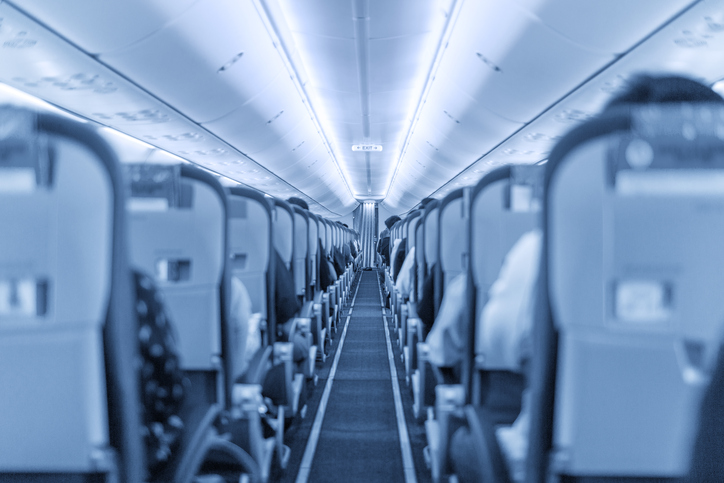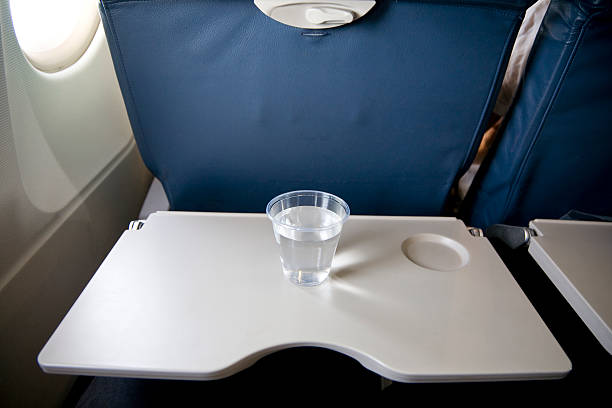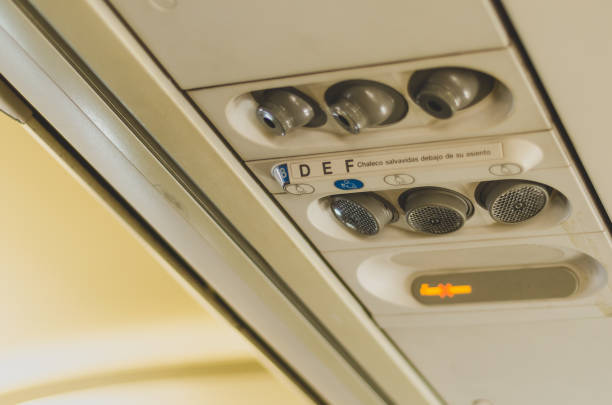 Air travel is a popular means of transportation. Millions of people come through airports every day. This means people are in constant contact with people and other passengers in airports. Airports today have created many security procedures in order to maintain safety when traveling, especially in the wake of COVID. But, what about safety once passengers are on the planes? There are several health hazards that are present in an air cabin during the flight.
Air travel is a popular means of transportation. Millions of people come through airports every day. This means people are in constant contact with people and other passengers in airports. Airports today have created many security procedures in order to maintain safety when traveling, especially in the wake of COVID. But, what about safety once passengers are on the planes? There are several health hazards that are present in an air cabin during the flight.
The tray table.

One of the commonly used parts of the airplane is the tray table. So, it is highly possible that it collects tons of germs from each person that has used it.
Jonathon Sexton, a Mel and Enid Zuckerman College of Public Health at the University of Arizona research specialist states, “The tray tables are not commonly cleaned and get used heavily. Travelers eat and sleep on them, which allows for bacteria and viruses to transfer to the table and get passed along to the next traveler in that seat.”
From this, we can see that the tray table is home to tons of germs that we are exposed to.
The bathrooms.

Bathrooms on planes are disease headquarters. The closet-sized space is shared among dozens of people, which increases the exposure of germs, bodily fluids, bacteria and infection.
A common issue is the excess amounts of water left by the sinks which become breeding grounds for the bacteria the last passenger has just rinsed off.
Sexton advises, “Wash your hands, use hand sanitizer and avoid touching your face and high contact surfaces if possible.”
RELATED: Traveling soon? Here’s 5 products to help COVID-proof your plane ride
The air.

The air quality of the air cabin is not the greatest. Why? Because it is sharing recycled air with hundreds of strangers. Many people believe that breathing the same air that sick people breathe exposes you to germs. However, this is not the case. Airplanes are built so that they pull








